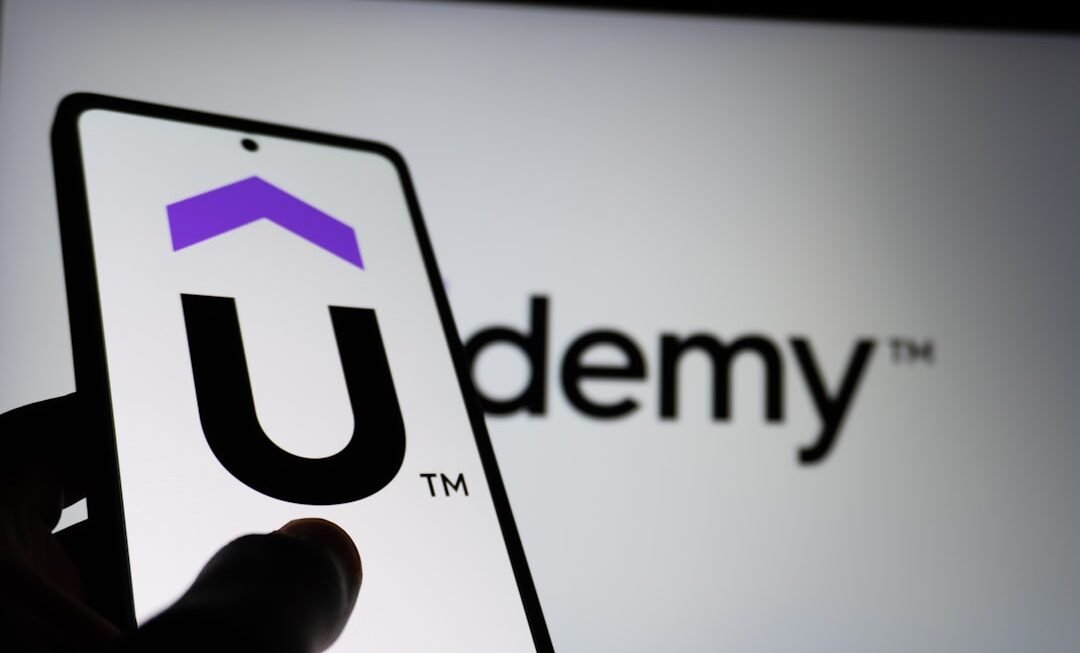Intelligent Tutoring Systems (ITS) are sophisticated educational software designed to provide personalized instruction and feedback to learners. These systems leverage artificial intelligence to adapt to the individual needs of students, offering tailored learning experiences that traditional educational methods often struggle to achieve. By simulating one-on-one tutoring, ITS can assess a learner’s understanding, identify gaps in knowledge, and adjust the instructional approach accordingly.
This dynamic interaction creates a more engaging and effective learning environment, allowing students to progress at their own pace. The architecture of an Intelligent Tutoring System typically includes a domain model, a student model, and a tutoring model. The domain model encapsulates the subject matter knowledge, outlining the concepts and skills that need to be taught.
The student model tracks the learner’s progress, preferences, and performance, enabling the system to customize the learning experience. The tutoring model orchestrates the interaction between the student and the system, determining how best to present information and assess understanding. Together, these components create a robust framework for delivering personalized education.
Key Takeaways
- Intelligent Tutoring Systems (ITS) are computer-based programs that provide personalized instruction and feedback to students, simulating the role of a human tutor.
- Using ITS can lead to improved learning outcomes, increased student engagement, and more efficient use of teachers’ time.
- ITS utilize AI technology such as machine learning and natural language processing to adapt to individual student needs and provide real-time feedback.
- Personalized learning with ITS allows students to learn at their own pace, receive tailored instruction, and gain a deeper understanding of the material.
- ITS play a significant role in K-12 education by supplementing traditional teaching methods, addressing individual student needs, and promoting self-directed learning.
The Benefits of Using Intelligent Tutoring Systems
Immediate Feedback
Unlike traditional classroom settings where students may wait for days or weeks to receive feedback on assignments, Intelligent Tutoring Systems can offer real-time responses to student inputs. This immediacy allows learners to correct misunderstandings promptly, reinforcing their learning and preventing the entrenchment of misconceptions.
Personalized Learning
Moreover, Intelligent Tutoring Systems can cater to diverse learning styles and paces. In a conventional classroom, teachers often face the challenge of addressing the varying needs of students simultaneously. Intelligent Tutoring Systems can analyze individual performance data and adapt instructional strategies accordingly. For instance, if a student struggles with a particular concept, the system can provide additional resources or alternative explanations tailored to that student’s learning style.
Enhanced Engagement and Motivation
This adaptability not only fosters a more inclusive learning environment but also promotes greater student engagement and motivation.
How Intelligent Tutoring Systems Utilize AI Technology
Artificial intelligence is at the core of Intelligent Tutoring Systems, enabling them to function effectively and efficiently. Machine learning algorithms play a crucial role in analyzing vast amounts of data generated by student interactions with the system. By processing this data, ITS can identify patterns in learning behaviors and outcomes, allowing for continuous improvement in instructional strategies.
For example, if a significant number of students struggle with a specific problem type, the system can adjust its teaching methods or provide additional practice opportunities for that area. Natural language processing (NLP) is another AI technology that enhances the capabilities of Intelligent Tutoring Systems. NLP allows these systems to understand and interpret student responses in a more human-like manner.
This capability is particularly beneficial in subjects like language arts or social studies, where open-ended questions may be posed. By analyzing student input through NLP, ITS can gauge comprehension levels and provide nuanced feedback that encourages critical thinking and deeper understanding.
Personalized Learning with Intelligent Tutoring Systems
Personalized learning is one of the hallmark features of Intelligent Tutoring Systems, fundamentally transforming how education is delivered. By tailoring content to meet individual needs, ITS empowers students to take ownership of their learning journeys. For instance, a student who excels in mathematics may be presented with advanced problem sets that challenge their skills further, while another who struggles may receive foundational exercises designed to build confidence and competence.
The personalization extends beyond content delivery; it also encompasses pacing and instructional methods. Some students may thrive in a fast-paced environment where they can quickly move through material, while others may require more time to grasp concepts fully. Intelligent Tutoring Systems can adjust the speed of instruction based on real-time assessments of student performance, ensuring that each learner receives an optimal educational experience.
This level of customization not only enhances academic achievement but also fosters a sense of agency among students as they navigate their educational paths.
The Role of Intelligent Tutoring Systems in K-12 Education
In K-12 education, Intelligent Tutoring Systems have emerged as valuable tools for both teachers and students. They serve as supplementary resources that can enhance traditional teaching methods by providing additional support outside of classroom hours. For instance, students can engage with an ITS at home to reinforce skills learned during school hours or explore new topics at their own pace.
This flexibility is particularly beneficial in today’s diverse educational landscape, where students come from various backgrounds and possess different levels of preparedness. Teachers also benefit from the integration of ITS into their classrooms. These systems can provide educators with valuable insights into student performance through detailed analytics and reporting features.
By understanding which concepts students struggle with most frequently, teachers can tailor their instruction to address these areas effectively. Furthermore, ITS can alleviate some of the administrative burdens on teachers by automating grading and providing instant feedback on student work, allowing educators to focus more on personalized instruction and less on routine tasks.
The Future of Intelligent Tutoring Systems
Immersive Learning Environments
One promising direction is the integration of virtual reality (VR) and augmented reality (AR) into ITS platforms. These immersive technologies have the potential to create engaging learning environments where students can interact with content in novel ways. For example, a science ITS could allow students to conduct virtual experiments in a simulated lab setting, enhancing their understanding through experiential learning.
Enhanced Security and Transparency
Additionally, as data privacy concerns grow, future ITS will likely incorporate more robust security measures to protect student information while still leveraging data analytics for personalized learning experiences. The development of ethical AI frameworks will be crucial in ensuring that these systems operate transparently and fairly.
Evaluating Effectiveness and Capabilities
As educational institutions increasingly adopt ITS solutions, ongoing research will be necessary to evaluate their effectiveness and refine their capabilities based on empirical evidence.
Overcoming Challenges in Implementing Intelligent Tutoring Systems
Despite their potential benefits, implementing Intelligent Tutoring Systems in educational settings is not without challenges. One significant hurdle is the initial cost associated with acquiring and integrating these systems into existing curricula. Schools may face budget constraints that limit their ability to invest in advanced technology solutions.
To address this issue, educational institutions must explore funding opportunities such as grants or partnerships with technology companies that can provide support for implementation. Another challenge lies in ensuring that educators are adequately trained to utilize ITS effectively. Teachers must be equipped not only with technical skills but also with pedagogical strategies that align with the capabilities of these systems.
Professional development programs focused on integrating technology into teaching practices can help bridge this gap. Additionally, fostering a culture of collaboration among educators can facilitate knowledge sharing and best practices for using Intelligent Tutoring Systems in diverse classroom settings.
Ethical Considerations in the Use of Intelligent Tutoring Systems
As Intelligent Tutoring Systems become more prevalent in education, ethical considerations surrounding their use must be addressed comprehensively. One primary concern is data privacy; since these systems collect extensive information about student performance and behavior, safeguarding this data is paramount.
Moreover, there is an ethical imperative to ensure that Intelligent Tutoring Systems do not inadvertently perpetuate biases present in their training data or algorithms. Developers must prioritize fairness and inclusivity when designing these systems to avoid reinforcing stereotypes or disadvantaging certain groups of learners. Continuous monitoring and evaluation of ITS performance across diverse populations will be essential in identifying potential biases and making necessary adjustments to promote equitable educational opportunities for all students.
In conclusion, while Intelligent Tutoring Systems hold immense promise for transforming education through personalized learning experiences, careful consideration of ethical implications and challenges associated with implementation will be crucial for their successful integration into K-12 education and beyond.












